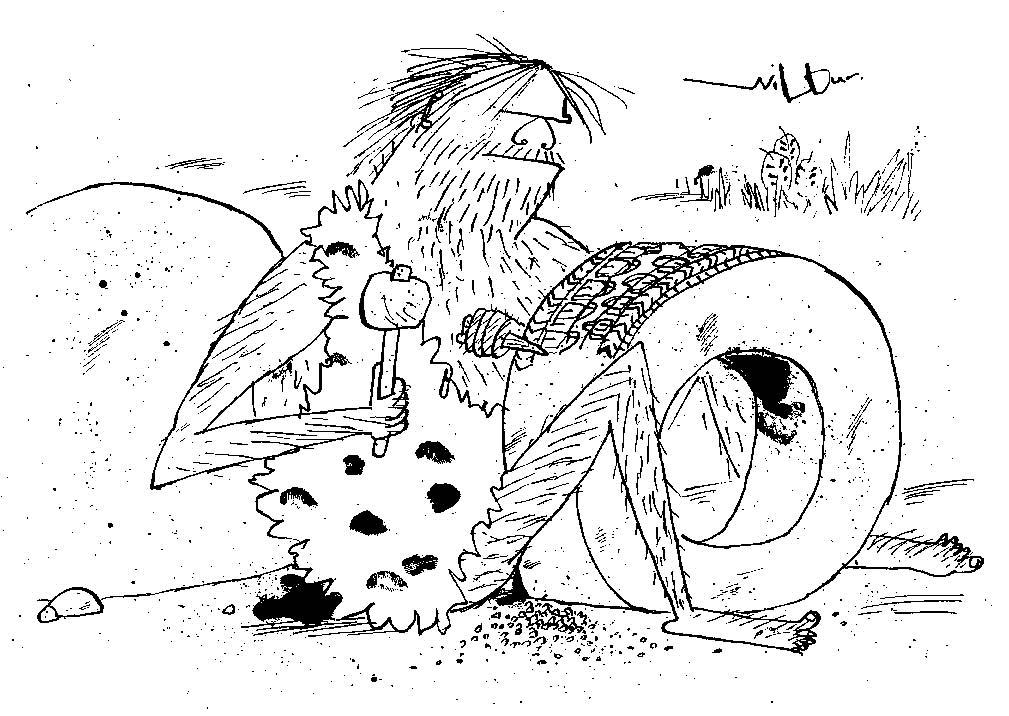We circumnavigated Iceland in a clockwise direction, calling on successive days at Reykjavik, Grundarfjordur, Isafjordur and Akureyri. At each of these places we disembarked and took an excursion led by a local guide.
At Grundarfjordur, I took the Snaefellsnes national park coach tour. Our guide was a smartly dressed, highly educated Icelandic woman who spoke better English than me, albeit more slowly and methodically. Her commentary revealed a comfortableness with contemporary discourses on geopolitics, ecology, economics, culture and technology. Though because we were British, renowned for our philistinism, and willing to laugh at anything, even if it isn’t funny, she tried to keep things simple, and even attempted one or two laboured witticisms of her own. She was of a conservative cast of mind, and when she made this explicit, such as when expressing her profound admiration for the simplicity of her grandparents’ frugal and pious existence, and for old Icelandic culture in general, she coloured a little.
She took us first to a tiny, black, wooden church on a lava plain beside the sea. The backdrop was an immense, uninhabited glacial valley. Then she took us to a pretty little harbour at the foot of an extinct volcano where there were placid Icelandic horses in green fields and we were dive-bombed by angry Arctic terns. As we were driving to our next photo stop, our guide casually drew our attention to an apparently random point on a petrified lava flow that we were passing on our left. This, she said, was an elves’ village. She didn’t elaborate. She merely mentioned it in passing. If you were hard of hearing, as many of us were, or not paying attention, or asleep, as many of us were, you would have missed it.









Comments
Join the debate for just £1 a month
Be part of the conversation with other Spectator readers by getting your first three months for £3.
UNLOCK ACCESS Just £1 a monthAlready a subscriber? Log in